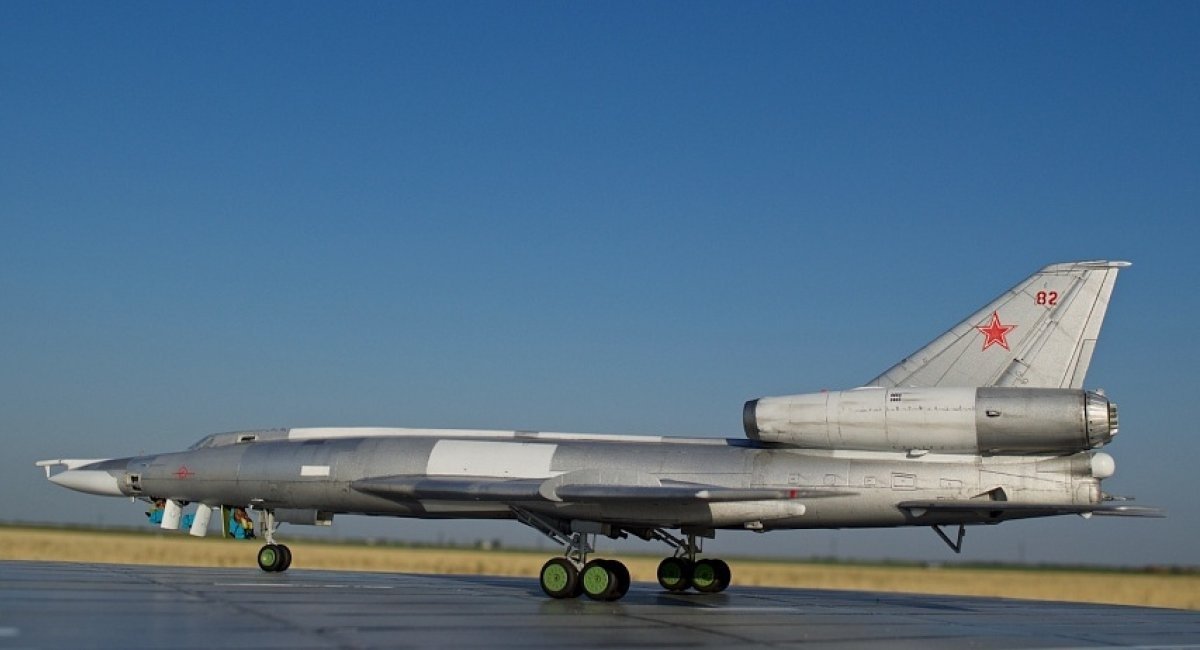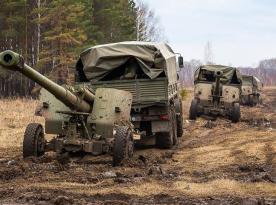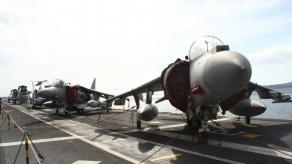Reports of russia persuading iran to supply ballistic missiles while building a new route for delivery of iranian weapons; of North Korea selling undisclosed weapons to russia, though not to the army but to the Wagner mercenary group. The latest news about russian activity in the arms market looks menacing and phantasmagorical, even. But we hasten to remind you that such weapon trade "on the precipice" is not the first for the russians.
The list of everything that Moscow once sold to the "people's democracies" during the Soviet era includes even Tu-22 heavy supersonic bombers (in their base model), which were classified as strategic weapons and could carry either one Kh-22 cruise missile or up to 9,000 kg worth of bombs.
Read more: Tu-22M3 Vanished From russian Airfields After the Explosion on Dyagilevo Air Base (Photo)

In fact, Moscow sold more than 20 bombers of the Tu-22B modification (stripped of reconnaissance equipment) and several Tu-22Us to Libya and Iraq in the mid-1970s. Open sources data indicates the following distribution: 14 Tu-22B and two Tu-22UD bombers for Libya, ten Tu-22B and two Tu-22U for Iraq.
Muammar Gaddafi's regime used its Tu-22 bombers as "bomb carriers" during conflicts in Chad, Sudan and Tanzania. At least one of the planes was shot down by the French military over Chad. By the beginning of the 1990s, only a few aircraft at best had "survived" a satisfactory technical condition.
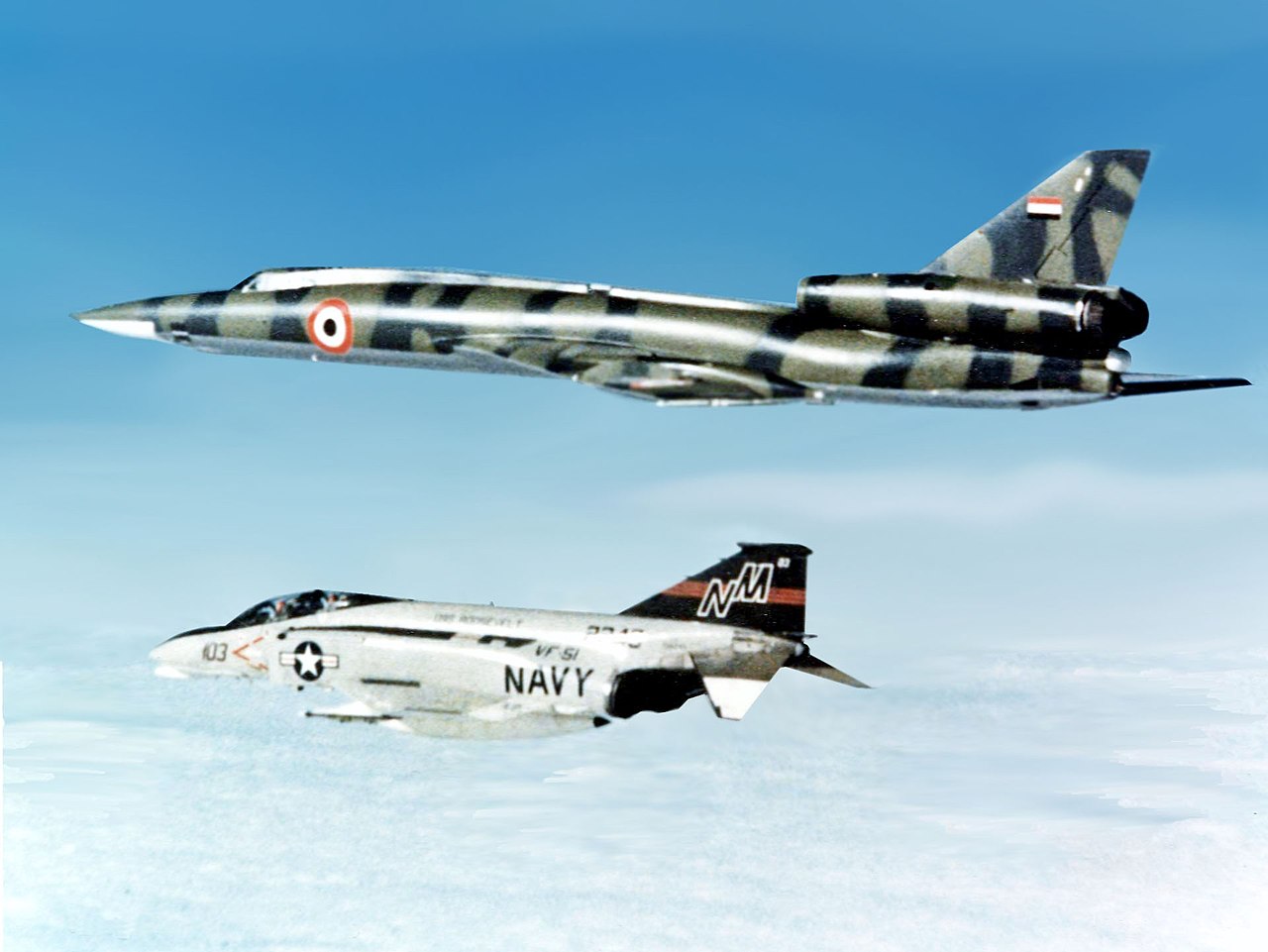
Tu-22 of the Iraqi Air Force had a much richer combat history. Iraq actively used the bombers during the war against Iran in 1980-1988. In particular, for the bombing of industrial and military facilities in Tehran and Isfahan, the destruction of oil refineries and manpower in 1980-1982. The Iraqis resumed their Tu-22 attacks on Iranian targets in 1985, such "bomb carriers" attacked Tehran 23 times during May-June period that year, which in turn became a catalyst for the so-called "War of the Cities" missile attacks.
In 1988, Tu-22s of the Iraqi Air Force destroyed two supertankers during the "Tanker War". But only five Tu-22 bombers "survived" until the end of the Iran-Iraq war: in 1982, the Soviet Union imposed an embargo on the supply of weapons to Iraq, then Iran's air defense claimed to have shot down at least two of the bombers. Later, during Operation Desert Storm, the Iraqi Tu-22s did not survive the attack by the coalition's aviation and were destroyed on the ground.
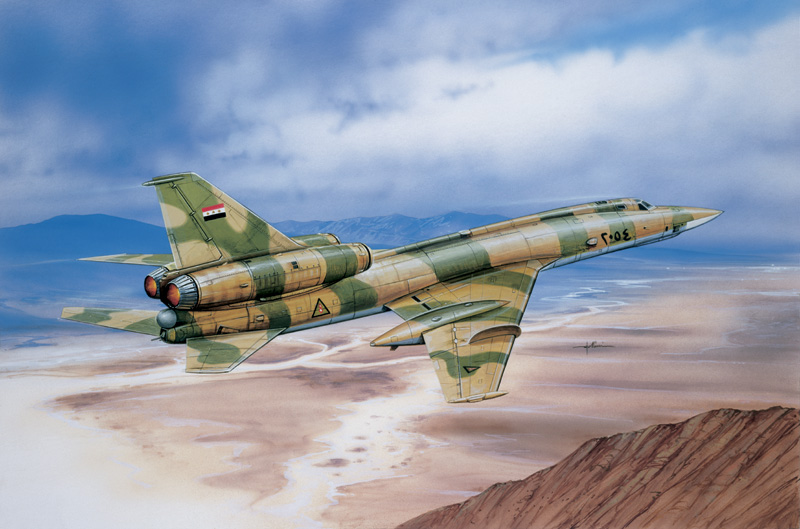
Notably, this example of Moscow supplying heavy bombers to its satellite states had no tangible consequences for the Kremlin itself. For instance, it did not lead to something similar to the INF Treaty (limit on short- and medium-range missiles) but regarding the ban on the supply of heavy bombers to "third countries". Perhaps such an idea did not cross the minds of the civilized community because the Kremlin already had its fair share of sanctions at that time.
But indicative here is that in order to neutralize the threat posed by the Soviet Tu-22 in the hands of these "third countries" during the "Cold War", the West used not only sanctions, but also some more effective tools. For example, when France wanted to protect its partners in Africa from the Tu-22 bombers, it supplied air defense equipment and provided its "consultants". And the USA simply shelled these planes on the ground, so that the Iraqi Tu-22s would not threaten Middle East countries at all.

Read more: For the First Time russia Loses Tu-95MS in Combat: Satellite Imagery of the Engels Air Base




